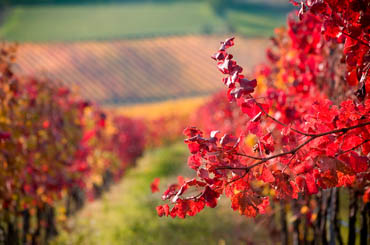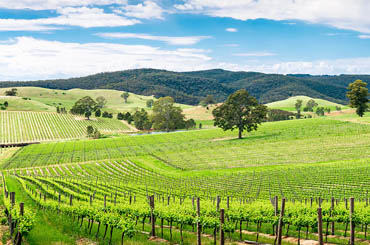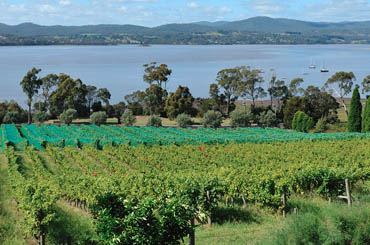2018 Vintage Snapshot: Western Australia
Margaret River
Margaret River performed as usual so far as the weather was concerned, with rain heavy in winter (20% above average), below average for spring, and with perfect growing conditions through December and on into late February, with only five days above 30°C. One vigneron reported, ‘Beautiful clarity and purity of fruit; incredibly expressive wines from [their] site; depth and concentration with power, yet elegance and high natural acidity. Epic vintage.’Great Southern
All subregions within the Great Southern reported an outstanding vintage, with fairly consistent growing season conditions across the very large region. Thus all had a wet winter with the soil profile totally full by spring. Once the growing season was in full swing, very good flowering conditions were followed by a vintage virtually free of heat spikes, in stark contrast to the conditions in the eastern half of Australia. Average to slightly above average yields were the outcome, exceptional for all varieties, the cool and dry weather allowing vignerons to pick and choose the days they would harvest.
Manjimup
Winter rainfall in Manjimup was close to the long-term average, but thereafter was above average, ensuring the dams were full and there was adequate water in the soils to carry the grapes through to maturity. Conditions were cooler than usual, and this, coupled with rainfall, meant that powdery mildew was an ever-present threat needing rigorous control. Botrytis was also an issue as sugar level rose. The situation changed radically with perfect autumn conditions, cool and dry. More elegant varieties, including sauvignon blanc, riesling and pinot noir, are the standouts.Pemberton
Pemberton reflected the weather of Manjimup, with rainfall spread throughout the growing season. The weather then changed radically, with conditions through March and April cool and dry, allowing the final ripening process without any threat. The overall quality is very high, the two standouts chardonnay and shiraz.Geographe
Geographe shared in the bounty of a near-perfect growing season: rain when it was needed, warmth when required, and a ceiling on the warmth with few or no heat spikes. The marri blossom was extraordinary, thus birds presented no issues whatsoever. Yields were low to moderate, but exceptional quality made up for the lower yield.Swan Valley
Despite all the promise of the vintage stemming from long-term average rainfall through winter and near-perfect spring conditions, the Swan Valley experienced a tropical storm with over 60mm of rain falling on January 16, which changed the outlook dramatically. There was some damage, with chenin blanc in particular suffering from grape splitting and bunch rot, and some vineyards also suffered significant bird damage. Thereafter the summer was mild with an unusual absence of heatwaves, yields were average, and everything ran like clockwork. In the outcome, the general view is this was one of the best vintages in the region for many years, with deep coloured, perfumed red wines that are the best seen in decades. Shiraz, verdelho and chenin blanc also fared well.Perth Hills
For Perth Hills all the rain fell at precisely the right time, and the growing season through to harvest was mild. Zero heatwaves and zero days above 40°C made this one of the mildest summers on record. Excellent to outstanding viognier, shiraz and petit verdot, yield (down somewhat) the only cause for complaint.








